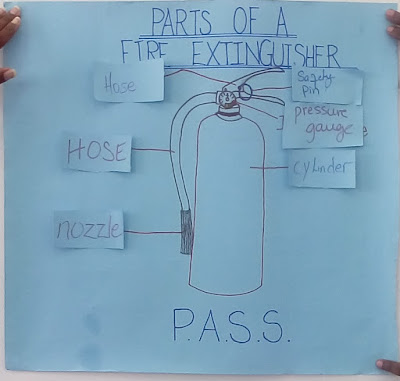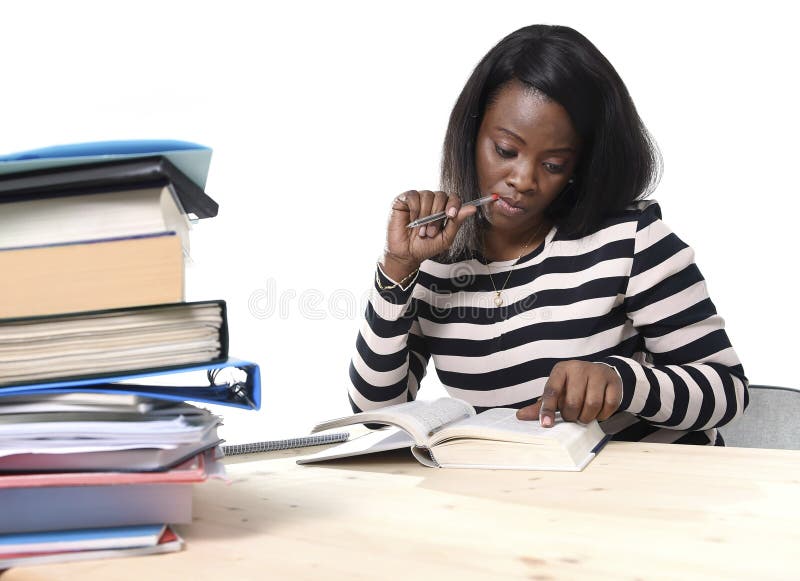Wednesday, 13 June 2018
Tuesday, 12 June 2018
Lesson Strategies: Weaving
Engaging, Illustrative Activity
Visual Arts
This was one way the Visual Arts group sought to explain to the class what the topic of weaving entails.
Rather than using the traditional method of telling, they fulfilled their psychomotor objective by getting students to actually create a weave pattern using toilet paper. Quite creative!
They also used these things my friend has in her hand. What are they called again? I really do not remember their names right now. But they used these manila strips in another engaging or as my friend would say "on-task" activity so that each student could now participate, instead of the few above.
Then the teacher explained to the class exactly how to make one of the patterns. Guess what?
He also had a diagram that highlighted the process, step by step. Therefore, we did not have to ask him constantly what to do because the coloured diagram was right there on the board.
Voila! And these were the results!

Voila! And these were the results! What pattern is Shanahan making? What evidence is there to show that this student is not only learning, but enjoying the process (aesthetic benefits of on-task activities). Is she quite engaged? Remember it is not just about the product (outcome), but also about the process (the doing or how we make the product).
Is there any evidence in this pic that there might be a disengaged student? Teachers please remember that it is your duty to monitor all students to ensure that they are all involved.
So too was Ron! He was very serious about his work of art. What evidence is there to show Ron is quite engaged?

Voila! And these were the results!
Teachers always check to ensure all students are engaged, as well as for those who might have finished early.
Closure: A Graphic Organizer
Encapsulated the Lesson
Remember to talk about these activities in your journals!
You can use pictures or diagrams in your journals.
You can use pictures or diagrams in your journals.
The journal is now worth 30%.
Reflect on everything teachers!
Lesson Strategies: Fire Safety
Fire Extinguisher Graphic Organizer
Industrial Arts Lesson: Fire Safety
- Students wrote what part of the fire extinguisher the line is pointing to on the taped rectangular papers. Their answers were: "nozzle," "cylinder," "safety pin," "pressure gauge,"hose," and "hose" again. It is obvious that one of those responses was wrong because there is only one hose.

But this was not a moment to name and shame, but to eliminate the misunderstanding and help that student who got the part wrong that he or she made a great effort. Point out the error nicely and thank all of them for their efforts.
When all the responses were given, they removed the rectangular papers to see if their answers were correct. The answers were revealed under the rectangular papers.If they match what the students wrote, then the student was correct.
Remember the extrinsic reward of praise. Praise the students who got it right and even those who got it wrong. Encourage them.
- The Industrial Arts group used a fire extinguisher graphic organizer, an important device in the lesson.
- The graphic organizer was used not only to teach the lesson, but also to assess the students' understanding.
- It captured and maintained their interest during the lesson. See other benefits of organizational strategies in the adjacent diagram.

Acronym was another strategy they used. An acronym is a mnemonic instructional strategy designed to help students improve their memory of important information.
- P. A. S. S. is the acronym used to help students easily remember the procedure for using the fire extinguisher:
- Pull the extinguisher,
- Aim the hose nozzle low toward the base of the fire,
- Squeeze the handle to release the extinguishing agent, and
- Sweep the nozzle from side to side at the base of the flames until extinguished.
Graphic Organizer: Video Clip
Other Parts of the Lesson

Setting a Purpose
This is a pic of the teachers writing and talking about the objectives (purpose) at the beginning of the lesson. This is a good strategy. Tompkins (2002) said purpose provides motivation and direction. Good readers tend to have a purpose when reading; so too should good teachers.
Remember to talk about these activities in your journals!
You can use pictures or diagrams in your journals.
The journal is now worth 30%.
Reflect on everything teachers!
Monday, 11 June 2018
Test Preparation
Questions
1. Define the following:
a) content area b) content area literacy c) informational text
d) text features e) text structure (10 marks)
2. List the six Language Arts skills (3 marks)
3. Explain the importance of two Language Arts skills. (6 marks)
4. List Chall's six stages and their age range. (6 marks)
5. Discuss the importance of Chall's stages of reading
development. (5 marks)
6. Describe three characteristics of:
a) learning to read b) reading to learn (6 marks)
7. State three benefits of using graphic organizers. (3 marks)
8. "You are teaching your favourite topic and the children are very excited because for the first time you have begun your lesson in the most interesting way that will keep the students engaged."
Briefly explain how you would introduce your lesson. Ensure you:
a) State your topic (1 mark)
b) Identify the strategy you are using (1 mark)
c) Explain briefly the strategy's significance or purpose (3 marks)
d) Quote one authoritative source as you explain (1 mark)
Total: 45 marks
Time: 1 hour (9: 30-10:30)
Please use the main blog to assist you.
Please note that there is a test every Thursday.
Remember to talk about these activities in your journals!
You can use pictures or diagrams in your journals.
The journal is now worth 30%.
Reflect on everything teachers!
Wednesday, 6 June 2018
Open Exchange
Welcome!
Please join this blog. Ask any question, seek clarification on issues pertaining to reading and writing across the curriculum or make a suggestion. Anyone can answer these questions. This blog will be used as part of your assessment.
Something to consider for upcoming classes.
Think of your favourite topic that you would like to teach.
Use strategies to teach this topic at the mechanical and upper levels.
I will be calling on you to demonstrate.
Tell me what you would do Before, During and After teaching.
Respond to the following by the end of the Week 2
Define Reading (10 marks)
- Put your full name before you begin your paragraph.
- Compose a paragraph (no more than 10 sentences) on what reading entails.
- Include at least two quotes and follow APA rules like Gunning (2006).
- Do not plagiarise or else you will get zero.
- Compose your paragraph in Microsoft Word first; copy and paste it in the comments section. Then click on publish.
Memorable Sample
 Reading can be
defined as a cognitive way of comprehending, analyzing or grasping information.
Hughes (2007) posited that “Reading is an interactive, problem-solving process
of making meaning from texts.” The purpose of reading must be determined as
this will allow the reader to concentrate on the information he or she is trying to
acquire. Reading is a developmental process which involves the transfer of
previous knowledge, as the reader can use this strategy to understand what is
being read. In essence, this adds meaning to the text, all while allowing the
reader to possibly discovering new words. As Leipzig (2001) pointed out,
reading is making meaning from print. It requires that we: identify the words
in print- a process called word recognition, construct an understanding from
them- a process called comprehension and co-ordinate identifying words and
making meaning so that reading is automatic and accurate-an achievement called
fluency. Simply put, reading is the primary stage of gaining
understanding. ̴Annick Lake
Reading can be
defined as a cognitive way of comprehending, analyzing or grasping information.
Hughes (2007) posited that “Reading is an interactive, problem-solving process
of making meaning from texts.” The purpose of reading must be determined as
this will allow the reader to concentrate on the information he or she is trying to
acquire. Reading is a developmental process which involves the transfer of
previous knowledge, as the reader can use this strategy to understand what is
being read. In essence, this adds meaning to the text, all while allowing the
reader to possibly discovering new words. As Leipzig (2001) pointed out,
reading is making meaning from print. It requires that we: identify the words
in print- a process called word recognition, construct an understanding from
them- a process called comprehension and co-ordinate identifying words and
making meaning so that reading is automatic and accurate-an achievement called
fluency. Simply put, reading is the primary stage of gaining
understanding. ̴Annick Lake
You can use pictures or diagrams in your journals.
The journal is now worth 30%.
Reflect on everything teachers!
Subscribe to:
Comments (Atom)













